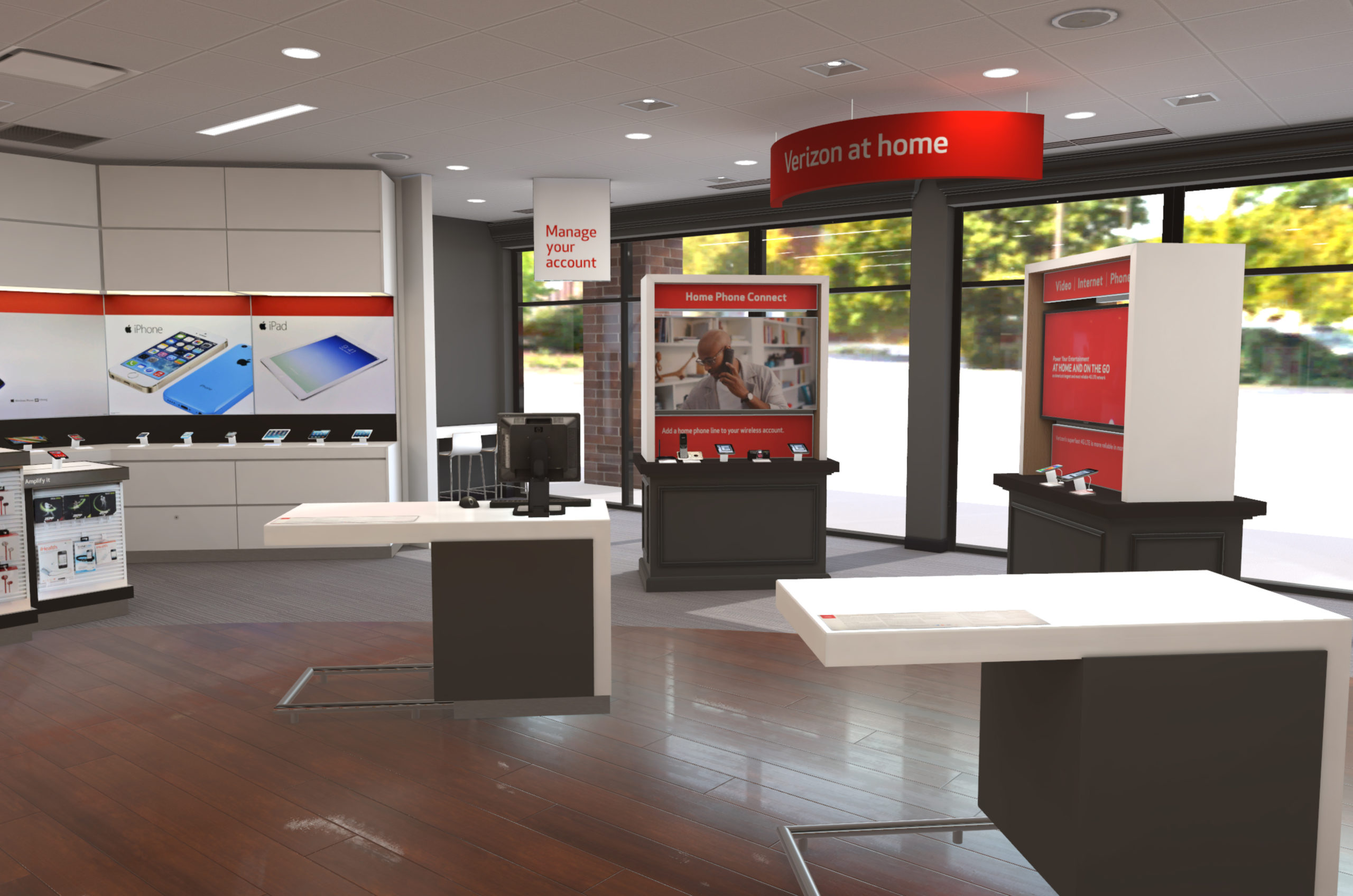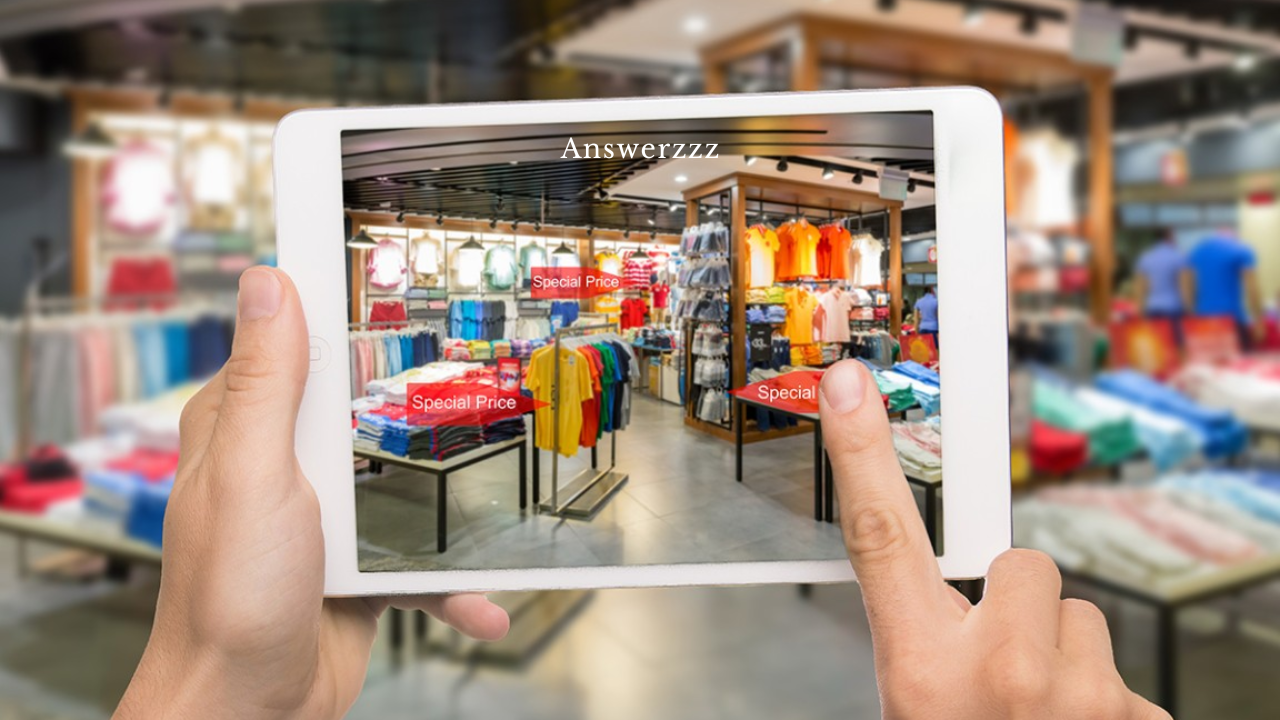In today’s technology-driven world, the concept of “Digital Twins” has become a powerful tool across various industries, especially in retail. A digital twin is a virtual representation that serves as the real-time digital counterpart of a physical object or system. By integrating technologies like the Internet of Things (IoT), artificial intelligence (AI), and data analytics, digital twins enable retailers to model, monitor, and improve various aspects of their business. This digital transformation is not only enhancing customer experiences but also streamlining operations, predicting consumer behaviour, and optimizing supply chain management.
The retail industry, known for being highly competitive and consumer-centric, is leveraging digital twins to gain a strategic advantage. From improving store layouts to personalizing customer experiences, digital twins offer a variety of applications that are reshaping the retail landscape. This article delves into how digital twins are being used in retail, their benefits, real-world examples, and the future potential of this groundbreaking technology.

1. Understanding Digital Twins in Retail
Digital twins in retail refer to the virtual replicas of physical stores, products, supply chains, and customer interactions. This technology uses real-time data and simulations to mirror the physical environment accurately, enabling businesses to make data-driven decisions. By building a digital twin of a retail store, for instance, companies can track inventory, predict customer behaviour, optimize store layouts, and even simulate promotional strategies to gauge potential outcomes.
Digital twins function through the following key components:
- IoT sensors: Collect data from physical assets like shelves, products, or environmental factors.
- AI and data analytics: Process and analyze data for insights.
- Simulation: Model different scenarios to predict outcomes.
- Real-time visualization: Provide a real-time 3D or virtual representation of the physical entity.
2. Enhancing Customer Experience with Digital Twins
One of the most significant advantages of digital twins in retail is their potential to enhance the customer experience. Here’s how digital twins help achieve this:
a) Personalized Shopping Experiences
Retailers can create digital twins of individual customers by analyzing their purchasing patterns, preferences, and interactions. This data helps predict future shopping behaviour, allowing companies to offer highly personalized recommendations. For instance, a digital twin of a loyal customer could suggest items based on their previous purchases, seasons, or current trends, leading to a more personalized and engaging shopping experience.
b) Virtual Try-Ons and Product Demos
Many retailers are using digital twins to offer virtual try-on solutions, particularly in fashion and cosmetics. Through AR and VR, customers can try products virtually before making a purchase. A digital twin of a clothing item, for example, can help a shopper visualize how it looks and fits, reducing uncertainty and increasing conversion rates. Major cosmetic brands have adopted this approach, allowing users to test different shades of makeup through their mobile devices, bridging the gap between online and in-store shopping.
c) Optimizing In-Store Experience
Digital twins allow retailers to simulate various store layouts and configurations to determine the most effective setup for enhancing customer flow and engagement. By tracking data such as foot traffic, dwell times, and sales patterns, retailers can tweak their store layouts to maximize customer convenience and highlight popular products. In this way, digital twins provide insights that improve the in-store shopping experience, making it more seamless and enjoyable for customers.
3. Inventory and Supply Chain Management
Efficient inventory and supply chain management are critical in retail, as they directly impact profitability and customer satisfaction. Digital twins can revolutionize these areas by offering a real-time overview of inventory and supply chain processes.
a) Real-Time Inventory Tracking
Digital twins offer a real-time view of inventory, enabling retailers to track stock levels and demand patterns. By integrating IoT sensors with a digital twin model, retailers can monitor stock levels, identify stockouts, and optimize restocking processes. This approach not only prevents inventory shortages but also minimizes overstocking, reducing warehousing costs and improving operational efficiency.
b) Demand Forecasting and Stock Optimization
Using predictive analytics, digital twins help retailers forecast demand for various products. By analyzing historical sales data, seasonality, and trends, digital twins enable accurate demand forecasting, allowing retailers to stock up on high-demand items and reduce inventory for slower-moving products. With improved demand forecasting, retailers can make data-driven decisions on purchasing and reduce the risk of unsold inventory.
c) Supply Chain Visibility and Risk Management
Digital twins offer end-to-end visibility across the supply chain, enabling retailers to monitor supplier performance, track shipments, and detect potential disruptions. In the case of unexpected delays or shortages, digital twins can simulate different scenarios, such as rerouting shipments or finding alternative suppliers, to mitigate risks. This level of transparency helps retailers respond proactively to supply chain issues and maintain smooth operations.
4. Store Design and Layout Optimization
Creating an efficient and visually appealing store layout is crucial in retail. A well-designed layout can improve customer flow, highlight specific products, and enhance the overall shopping experience. Digital twins allow retailers to design, test, and optimize store layouts before implementing them in physical locations.
a) Testing Different Store Layouts
With digital twins, retailers can create various layout designs and simulate customer movements within these layouts. By analyzing customer flow data, retailers can identify bottlenecks, optimize shelf placements, and determine the best product locations to maximize visibility and accessibility. For instance, a supermarket chain can use digital twins to test different aisle configurations and product placements to optimize foot traffic and increase impulse purchases.
b) Virtual Store Walkthroughs
Before opening a new store or reconfiguring an existing one, retailers can create a digital twin of the proposed layout for a virtual walkthrough. This allows stakeholders to visualize the layout, make adjustments, and even test customer reactions through VR technology. Virtual walkthroughs are an effective way to ensure that the final physical store aligns with the retailer’s vision and provides an optimized shopping experience.
5. Product Development and Testing
Digital twins enable retailers to develop and test products virtually before launching them in the market. This approach saves time and resources and allows retailers to gather customer feedback early in the development process.
a) Virtual Product Prototyping
Retailers can create digital twins of new products to test different designs, materials, and functionalities before physical production. For instance, a furniture retailer could use digital twins to test various colour options, materials, and dimensions, allowing customers to visualize the product in their own homes. This approach reduces the time and cost of product development and allows for rapid iteration based on feedback.
b) Analyzing Product Performance
Digital twins allow retailers to track the performance of products in real time, providing insights into how customers interact with them. By analyzing this data, retailers can identify any issues, such as frequent returns or complaints, and make necessary adjustments to improve product quality. This proactive approach to product development helps retailers deliver higher-quality products that meet customer expectations.
6. Predictive Maintenance and Operational Efficiency
Digital twins can also monitor the performance of physical assets in retail stores, such as HVAC systems, lighting, and refrigeration units. By analyzing real-time data, digital twins enable predictive maintenance, reducing the risk of equipment breakdowns and minimizing operational downtime.
a) Monitoring Store Equipment
Retail stores often rely on various types of equipment to maintain a comfortable environment and store products at the correct temperature. Digital twins allow retailers to monitor these assets in real time, ensuring they function correctly and efficiently. For instance, supermarkets can use digital twins to monitor refrigeration units, ensuring perishable items are kept at optimal temperatures. If any issues arise, the digital twin can alert maintenance staff to prevent product spoilage and reduce energy consumption.
b) Reducing Energy Consumption
Energy efficiency is a growing concern for retailers aiming to reduce operational costs and minimize their environmental impact. Digital twins can monitor and analyze energy consumption patterns, helping retailers identify areas for improvement. For example, a digital twin could track lighting and HVAC usage across multiple stores, enabling retailers to optimize energy usage and reduce utility costs.
7. Real-World Examples of Digital Twins in Retail
Several leading retailers have already adopted digital twin technology, setting a benchmark for others to follow. Here are a few examples:
a) Walmart
Walmart has been using digital twins to optimize store layouts and inventory management. By simulating different store layouts, Walmart has been able to improve customer flow and enhance the in-store experience. The company also uses digital twins to track inventory in real time, reducing stockouts and ensuring shelves are always stocked with high-demand items.
b) Amazon Go
Amazon Go stores, known for their cashier-less shopping experience, rely on digital twin technology to monitor customer movements, track products, and ensure a seamless checkout process. By creating digital twins of their stores, Amazon can continuously improve the shopping experience, identify bottlenecks, and optimize product placements based on real-time data.
c) Lowe’s
Lowe’s, a home improvement retailer, uses digital twins for store layout optimization and virtual product testing. The company has developed a digital twin of its stores, allowing them to test different configurations and product placements. Lowe’s also uses AR and VR technology to enable customers to visualize how products will look in their homes, enhancing the shopping experience.
8. Future Potential of Digital Twins in Retail
The use of digital twins in retail is still in its early stages, with vast potential for further innovation. As technology continues to advance, digital twins are expected to become more accessible, scalable, and affordable for retailers of all sizes. Here are some potential future developments:
a) Integration with AI for Autonomous Decision-Making
As AI technology continues to evolve, digital twins will be able to make autonomous decisions based on real-time data. For example, a digital twin could automatically reorder stock when inventory levels are low or adjust store layouts based on customer flow patterns. This level of automation could revolutionize retail operations, making them more efficient and responsive.
b) Enhancing Omnichannel Retailing
Digital twins can bridge the gap between online and offline retail, providing a seamless omnichannel experience. By integrating data from both online and physical stores, retailers can gain a holistic view of customer behaviour and preferences, enabling them to deliver consistent and personalized experiences across all channels.
c) Sustainability and Ethical Retailing
Digital twins can help retailers meet sustainability goals by reducing waste, optimizing energy consumption, and enabling circular business models. For instance, digital twins could help track the lifecycle of products, allowing retailers to recycle or repurpose items that are no longer in use. This approach aligns with the growing demand for ethical and sustainable retailing practices.

Digital twins are transforming the retail industry by providing retailers with unprecedented insights, efficiency, and adaptability. From enhancing customer experiences to streamlining operations and promoting sustainability, digital twins offer a powerful tool that enables retailers to thrive in a highly competitive environment. As digital twin technology continues to evolve, its applications in retail are expected to expand, offering even more opportunities for innovation and growth. The future of retail is digital, and digital twins are at the forefront of this transformation, reshaping how we shop, interact, and experience retail spaces.




